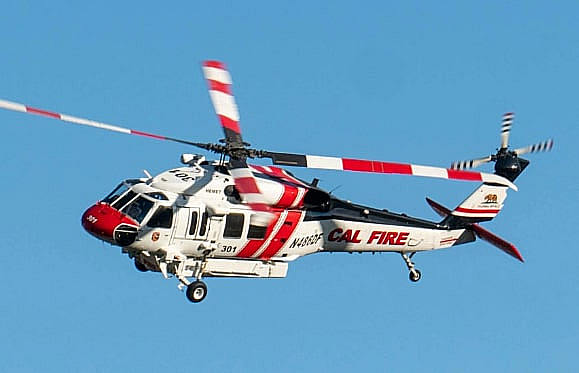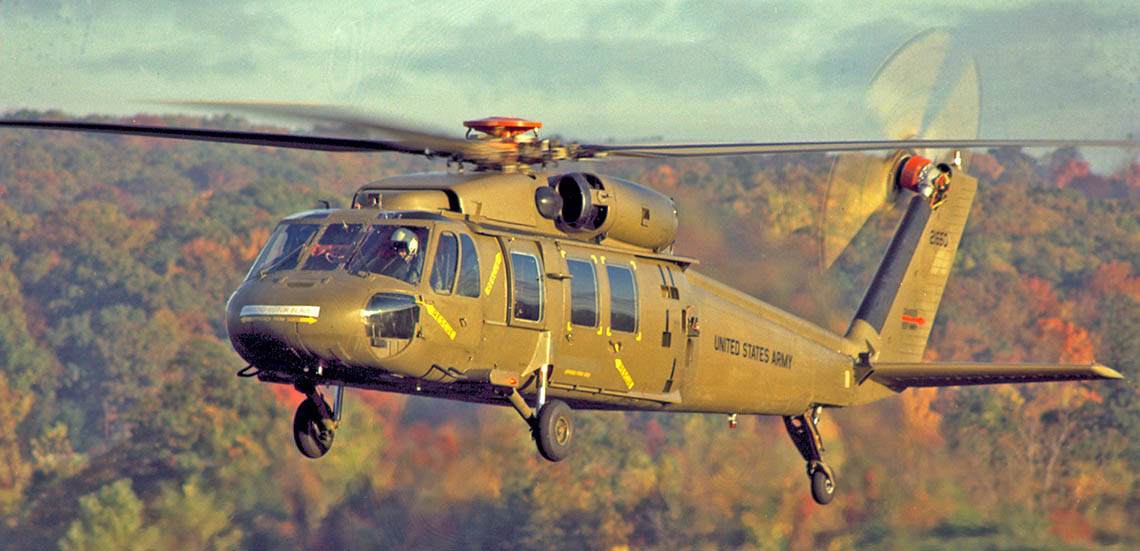Discovering the Capacities of the Sikorsky S 70: A Comprehensive Review
Discovering the Capacities of the Sikorsky S 70: A Comprehensive Review
Blog Article
High-Performance Multi-Role Rotorcraft Featuring Advanced Cockpit Technologies and Integrated Sensing Unit Solutions
The realm of rotorcraft technology has actually seen significant innovations in recent times, specifically in the realm of high-performance multi-role rotorcraft equipped with sophisticated cockpit modern technologies and seamlessly integrated sensor systems. In the adhering to discussion, we will certainly discover the evolution of rotorcraft innovation, dig into the realm of advanced cabin innovations, and examine the effects of integrated sensing unit systems on the functional versatility and efficiency of contemporary rotorcraft.
Evolution of Rotorcraft Technology
The evolution of rotorcraft innovation has actually been marked by considerable improvements in aerodynamics, materials, and propulsion systems, forming the capacities and performance of modern-day rotorcraft. Aerodynamic improvements have boosted the effectiveness and ability to move of rotorcraft, permitting raised speed, agility, and security during flight (sikorsky s 70). Developments in materials, such as the use of composite materials and progressed alloys, have actually brought about lighter yet stronger rotorcraft structures, enhancing overall efficiency and longevity. In addition, advancements in propulsion systems, including extra powerful engines and innovative propulsion modern technologies, have made it possible for rotorcraft to accomplish higher altitudes, faster rates, and higher payloads.
These developments have not just changed the capabilities of rotorcraft however have likewise broadened their applications throughout different industries, consisting of armed forces, business, and emergency situation solutions. The continuous development of rotorcraft technology proceeds to drive advancement in the field, pushing the borders of what is possible and shaping the future of vertical trip.
Advanced Cabin Innovations
Structure upon the foundational improvements in aerodynamics, materials, and propulsion systems, the realm of rotorcraft technology currently shifts emphasis in the direction of introducing Advanced Cockpit Innovations. The integration of sophisticated technologies within the cockpit environment plays a vital role in enhancing the functional capacities, safety and security, and efficiency of modern rotorcraft. sikorsky s 70. Advanced Cabin Innovations incorporate a vast selection of functions created to offer pilots with improved situational awareness, structured information management, and intuitive control interfaces
One of the crucial developments in cockpit design is the implementation of glass cockpits, which replace conventional analog determines with high-resolution displays. These digital systems supply adjustable formats, real-time data integration, and enhanced readability, enabling pilots to access critical information at a glance. Progressed avionics systems, such as fly-by-wire controls and enhanced fact screens, are transforming just how pilots communicate with the aircraft, permitting for specific control and boosted decision-making capacities.


Including advanced cabin developments not only boosts pilot efficiency however also adds to total goal performance and safety and security in complex functional settings. By leveraging state-of-the-art technologies within the cockpit, rotorcraft makers are establishing new standards for operational excellence and goal success.
Integrated Sensing Unit Solutions
With the development of rotorcraft innovation, the assimilation of advanced Integrated Sensing unit Equipment has actually come to be vital in enhancing operational effectiveness and safety. These Integrated Sensor Equipments encompass a broad variety of technologies that offer vital information for various functions such as navigation, security, targeting, and environmental tracking. By flawlessly incorporating sensing units like radars, electronic cameras, lidar, and infrared systems right into rotorcraft, drivers can benefit from improved situational awareness, boosted objective capabilities, and decreased pilot workload.
One key advantage of Integrated Sensing unit Solutions is their ability to gather real-time data and supply actionable understandings to pilots and goal drivers. Advanced radar systems can find and track targets over long distances, allowing for very early risk discovery and reliable action planning. Additionally, incorporating electro-optical and infrared electronic cameras allows rotorcraft to carry out reconnaissance and security objectives with accuracy and precision.
In essence, the assimilation of innovative sensing unit modern technologies into rotorcraft not just boosts functional efficiency however likewise adds significantly to general objective success and staff security. As rotorcraft continue to progress, the function of Integrated click to read more Sensing unit Solution will certainly continue to be at the leading edge of development in the aerospace sector.
Functional Versatility and Performance
Enhancing functional adaptability and efficiency in rotorcraft is an all-natural development from the assimilation of sophisticated Integrated Sensor Equipments. By leveraging the data and insights supplied by these innovative sensing unit systems, rotorcraft can maximize their efficiency across various missions and settings.
Functional adaptability encompasses the capability of rotorcraft to adapt to various roles and circumstances effectively. With sophisticated cabin modern technologies and incorporated sensing unit systems, rotorcraft can flawlessly shift in between jobs such as search and rescue, clinical emptying, surveillance, and a lot more. This versatility improves the rotorcraft's capacity to fulfill diverse operational needs without calling for comprehensive reconfiguration.
Efficiency in rotorcraft operations is critical for making best use of objective efficiency and resource use. Integrated sensor systems play a crucial function in improving operational efficiency by supplying real-time information on weather conditions, surface mapping, target monitoring, and a lot more. This information the original source enables pilots to make educated choices promptly, maximize trip paths, conserve fuel, and boost total objective performance.
Influence on Modern Aviation Procedures

Additionally, the combination of sophisticated sensors assists in improved goal planning and execution, making it possible for rotorcraft to execute a vast array of jobs with improved precision. From search and rescue operations to airborne firefighting and regulation enforcement objectives, the capacities of modern rotorcraft furnished with sophisticated cabin innovations and integrated sensing unit systems are exceptional.
In addition, the effect of these improvements prolongs beyond functional performance to cost-effectiveness and sustainability. By maximizing flight routes, gas usage, and maintenance schedules, high-performance rotorcraft geared up with innovative cockpit innovations and sensing units add to decreasing operational costs and ecological impact, making them important properties in modern-day aviation procedures.
Verdict
To conclude, the index high-performance multi-role rotorcraft with advanced cabin technologies and integrated sensing unit systems represents a considerable development in aeronautics technology. These developments improve functional versatility and effectiveness, eventually influencing modern-day aviation operations in a favorable method. The assimilation of these sophisticated modern technologies enables for improved capabilities and performance in various objective scenarios, showcasing the continued development of rotorcraft technology in the aeronautics sector.
The world of rotorcraft technology has seen significant developments in recent times, specifically in the realm of high-performance multi-role rotorcraft equipped with advanced cabin innovations and seamlessly integrated sensing unit systems. From boosted mission versatility to improved operational performance, the merging of innovative cockpit modern technologies and incorporated sensing unit systems has ushered in a brand-new era of opportunities for rotorcraft applications. In the following discussion, we will certainly check out the advancement of rotorcraft modern technology, delve into the realm of innovative cockpit advancements, and check out the effects of incorporated sensing unit systems on the functional flexibility and efficiency of modern-day rotorcraft.

Report this page